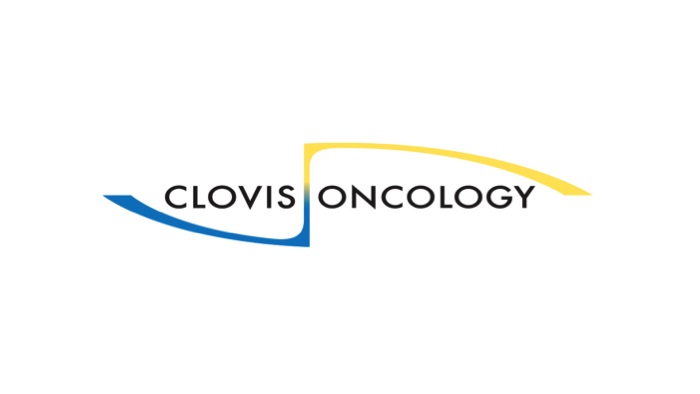Clovis looks for new drugs after Rubraca success

Clovis Oncology is in bullish mood following strong results from a late-stage study of ovarian cancer treatment Rubraca.
Once tipped to be an also-ran, new phase 3 results for the drug now make it a contender against its rivals in the burgeoning PARP inhibitor field - AstraZeneca's Lynparza and Tesaro's Zejula.
Results from its ARIEL3 showed Rubraca improved progression-free survival for each of the three patient populations studied, tumour BRCA-mutant, HRD-positive and the overall study population.
The US biotech will now be able to compete with its rivals by targeting a wider population of patients.
Clovis now aims to file the data with the FDA within four months, which would allow it to expand into second-line and later maintenance treatment for ovarian cancer patients.
The company swiftly followed the trial results with plans to raise $250 million, which will go towards US and European commercialisation, as well as acquiring or licensing new drugs to develop.
That's because Rubraca is the only drug left in Clovis’ portfolio; it abandoned lung cancer drug rociletinib after incidences of sudden fatal heart seizures (known as torsades de pointes) were seen in clinical trials.
After FDA advisers raised concerns about rociletinib’s safety last year, Clovis also quietly dropped breast cancer drug lucitanib, leaving the Colorado-based biotech focused solely on development of Rubraca.
Leerink analyst Michael Schmidt said the results are a “best case scenario” for the broader second-line and maintenance uses, without need for an expensive test for BRCA or HRD status.

Clovis CEO Patrick Mahaffy
Patrick Mahaffy, CEO of Clovis, said the results reinforce the drug's potential role tin be a 'foundation' treatment for advanced ovarian cancer.
“We look forward to sharing these data in greater detail at a medical meeting later this year and submitting our sNDA as rapidly as possible, with the ultimate goal of making rucaparib available to more women battling ovarian cancer.”
The study also met secondary endpoints in patient subgroups, and the most common side effect, occurring in almost a fifth of patients was anaemia.
Costing around $13,740 a month, sales have yet to really take off in the US, and Rubraca is still under review in Europe, with a potential launch scheduled early next year if approved.














